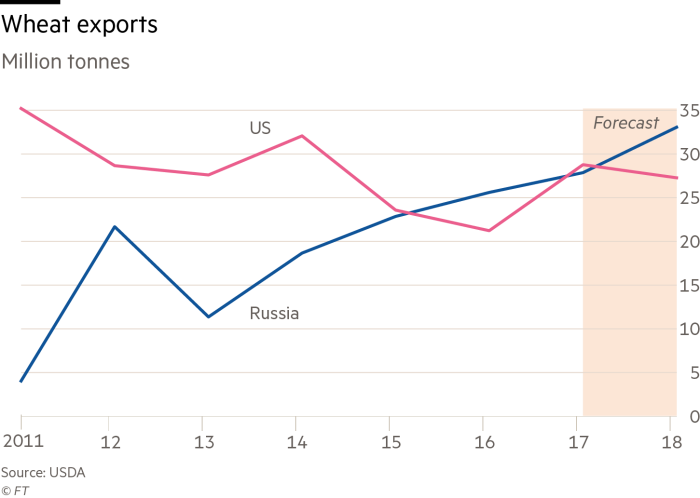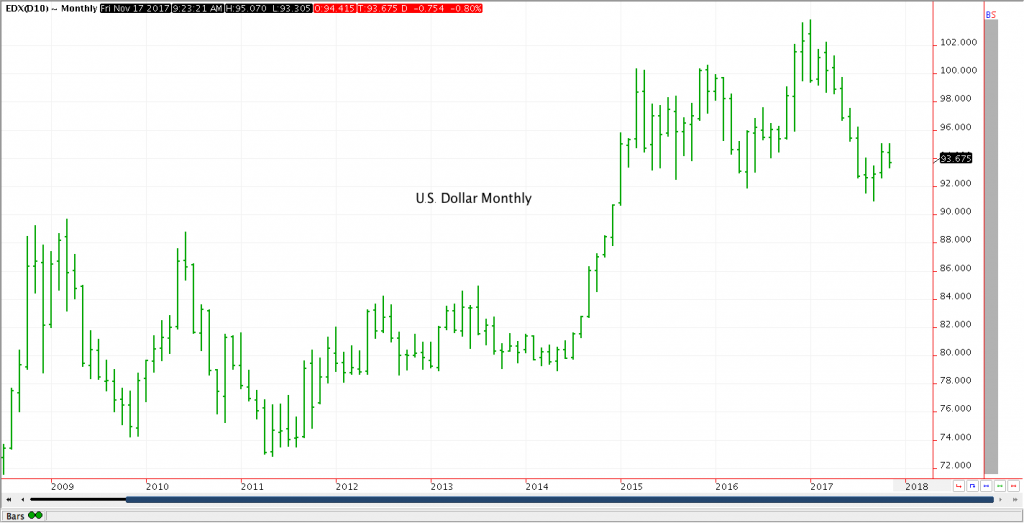By: Dan Hueber –
It turns out the “The Girl” may matter after all. Before someone accuses me of making some kind of sexist statement, which after all seems to be a headline story every day, I am not talking about any girl but rather; La Nina. I guess between USDA reports and harvest chatter, many had overlooked the potential havoc that this specific girl can create with South American weather, but it seems that now we have exhausted most of the other stories, she matters once again. As I reported a couple days ago, NOAA now predicts that there is a 65% to 75% probability that this will extend through our winter months, and while thus far it has remained relatively weak, there is nothing to assure it will remain that way. It would appear that over the last 24 hours this has caught the attention of the trade, particularly now that conditions in Argentina have turned dry, which in turn has created a little buying interest in the bean and corn trade. Of course, we have some ground to make up after the last week.
Here is a graph that I came across this morning that is worth thinking about. This represents the global wheat export volume from the United States and Russia over the last six or so years. Needless to say, this is not the type of trend U.S. farmers want to see nor do grain companies. Part of the problem for them is that the U.S. futures markets are not as representative of world trade as they used to be and this disconnect can create an issue with hedging. Hence the reason provided by ADM for the $20 million in losses for their Black Sea wheat hedges.

The CME introduced a Black Sea wheat contract with a physical settlement in 2012 that never took hold and as I reported previously this week, they plan to launch Black Sea corn and wheat contracts next month so obviously they are doing what they can to address the situation. The issue of global volume is of course another problem and one that cannot be fixed by opening any new contracts. Of course, when you look at the direction of the U.S. Dollar during the same period that we have consistently lost market share to Russia, it would make one think that a breakdown in the dollar would theoretically provide a nice boost for our export program.
